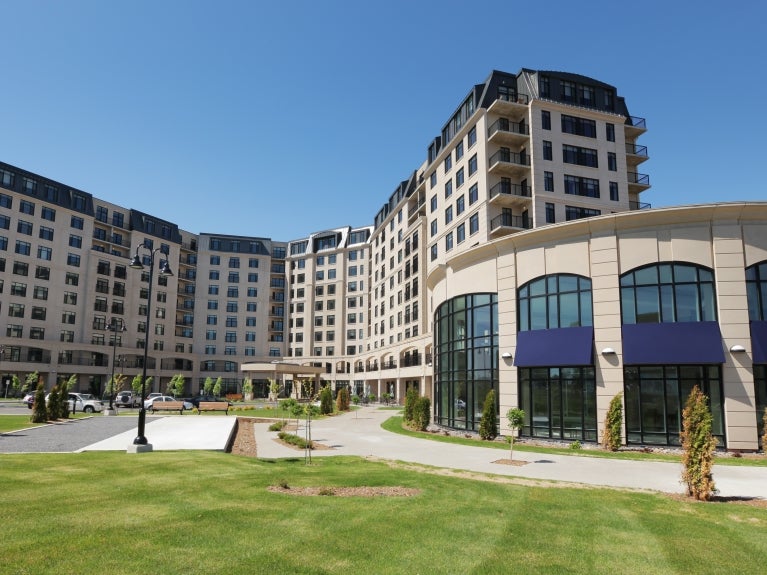Court Upholds EIR for UCSF Parnassus Expansion Against Wide-Ranging CEQA Claims

The First District Court of Appeal has approved an EIR analyzing a proposed fifty percent increase in density at the Parnassus campus of the University of California, San Francisco.
Yerba Buena Neighborhood Consortium, LLC v. Regents of the University of California, 95 Cal.App.5th 779 (2023, petitions for review filed 10/30/2023).
In the five published sections of a much longer opinion, the court rejected neighbors' claims, holding that:
- The EIR considered a reasonable range of alternatives to the proposed project and was not required to analyze an additional project alternative focused on constructing a large hospital building at a different UCSF campus. The court relied on two CEQA principles:
- An alternatives analysis is not required to include both alternatives to the project and alternatives to its location; and
- CEQA "alternatives" are alternatives to the project as a whole, not alternatives to only one component of the project, such as one building in a campus-wide redevelopment plan.
- The EIR incorrectly analyzed the project's impacts to public transit as informational only rather than as CEQA impacts, but the error did not preclude informed participation by the decisionmakers and the public, and therefore did not require invalidation of the EIR.
- UCSF was not required to preserve historically significant buildings even if they could be repaired and reused for some purpose; the proposed project required their demolition to make way for new buildings as part of the campus revitalization plan. An alternative may be rejected as infeasible if it is "impractical or undesirable from a policy standpoint."
- The EIR was not required to analyze aesthetic impacts because the project met the criteria of CEQA section 21099(d)(1), which provides that aesthetic impacts of a "residential, mixed-use residential, or employment center project on an infill site within a transit priority area shall not be considered significant impacts on the environment." In a case of first impression, the court held that despite the campus's "Public" zoning on San Francisco's zoning map, the city's zoning did not govern; the university's own "functional zones" allowed commercial uses; and therefore the project satisfied the restriction of "employment center projects" to sites that are zoned for commercial use.
- The EIR adequately identified mitigation measures for the project's wind impacts. Distinguishing – with difficulty – the analysis in East Oakland Stadium Alliance v. City of Oakland, 89 Cal.App.5th 1226 (2023), which reached the opposite result, the court held that the project's wind mitigation measures were just certain enough to meet CEQA requirements.
California Land Use & Development Law Report
California Land Use & Development Law Report offers insights into legal issues relating to development and use of land and federal, state and local permitting and approval processes.
